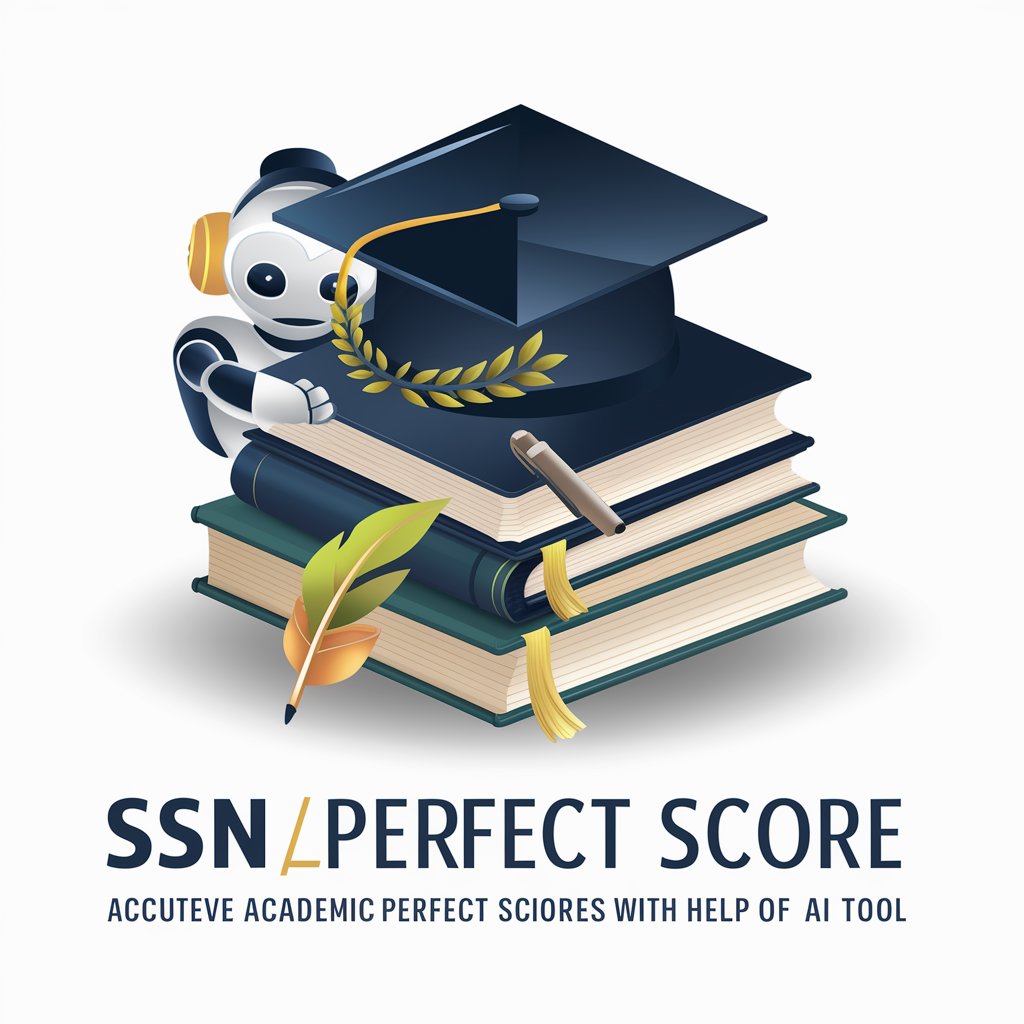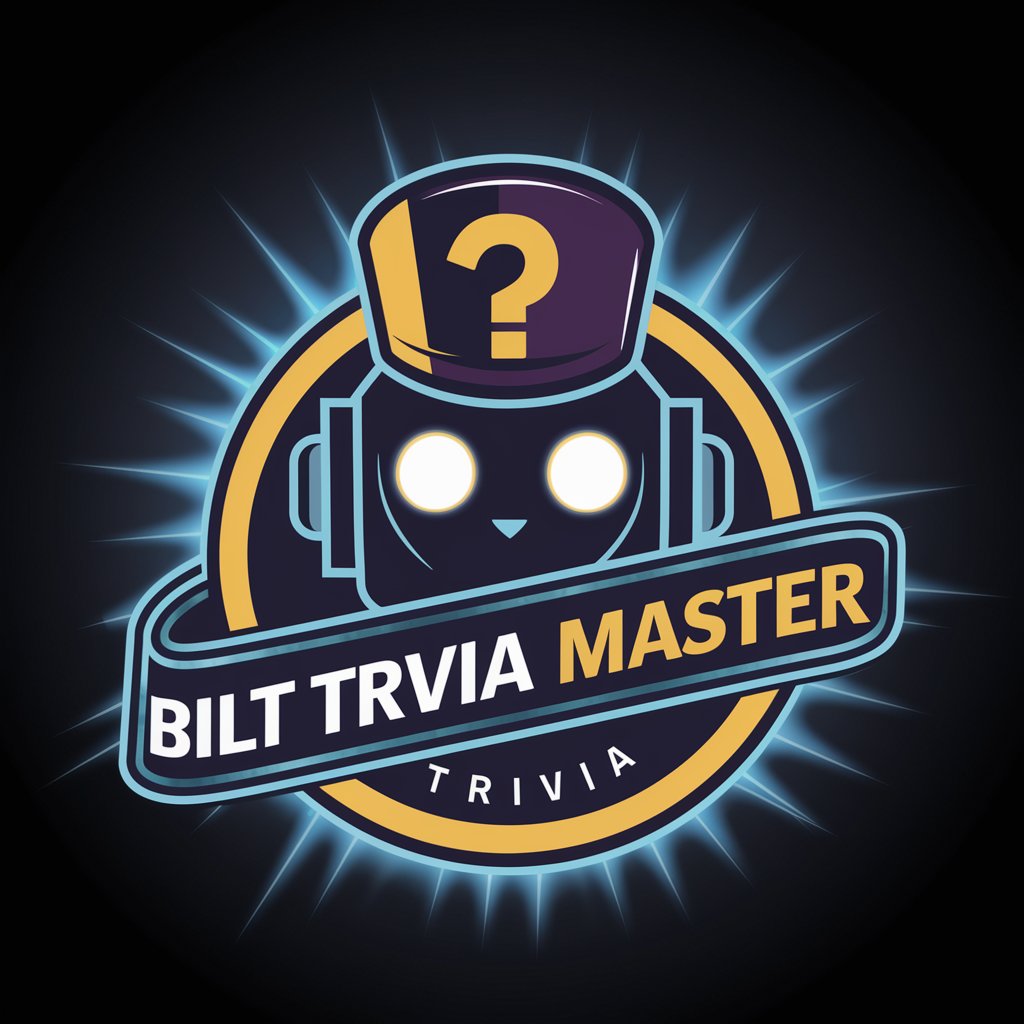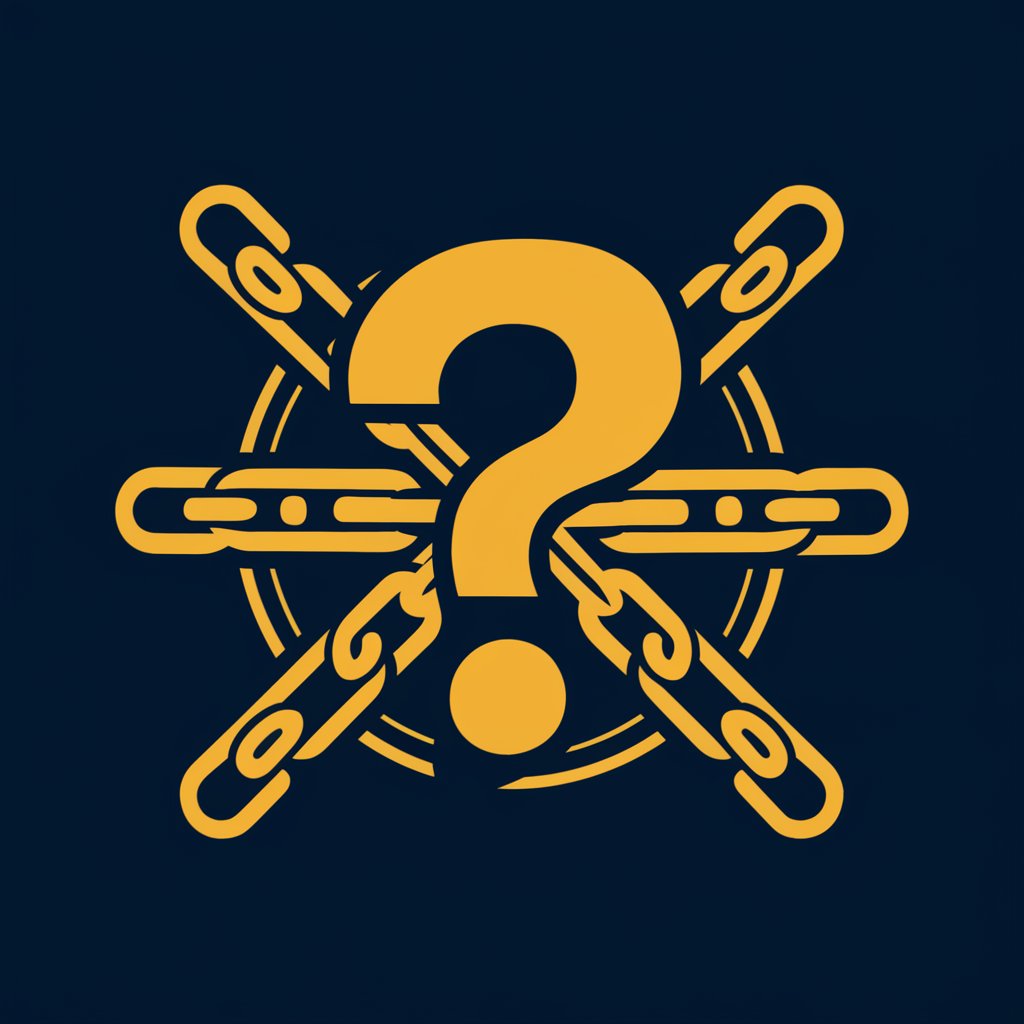
攻击型领导 - AI-Powered Leadership Challenge

Ready to challenge your thinking and sharpen your strategies?
Elevate team performance with AI-driven critique
Why do you think this approach is the most effective?
What assumptions are you making with this plan?
Have you considered the potential risks of this strategy?
What would be your response if this initiative fails?
Get Embed Code
Introduction to 攻击型领导
攻击型领导 is designed as a leadership model characterized by its critical and confrontational approach. Unlike traditional leadership styles that might prioritize harmony and consensus, 攻击型领导 focuses on challenging assumptions, provoking thought, and pushing individuals to consider and defend their ideas rigorously. The primary design purpose is to stimulate critical thinking and problem-solving skills within a team by employing direct questions, challenging the premises of arguments, pointing out potential flaws or contradictions in plans, and emphasizing accountability for outcomes. An example scenario might involve a project review meeting where the leader systematically questions the project's assumptions, methodologies, and potential outcomes, asking probing questions like 'Have you considered all potential risks?' or stating 'This approach failed last time; what makes us think it will work now?' The aim is to ensure that all angles are considered and that the team is prepared for potential challenges. Powered by ChatGPT-4o。

Main Functions of 攻击型领导
Provoking Critical Thinking
Example
In a strategy meeting, the leader might question the fundamental assumptions behind a proposed market entry strategy, asking 'Is this market really as attractive as we think, and are our capabilities truly aligned to succeed there?'
Scenario
This function is applied when a team is too aligned or when there's a risk of groupthink, helping to ensure that diverse perspectives are considered and rigorously evaluated.
Identifying Weaknesses and Contradictions
Example
During project planning, the leader points out that the projected timelines are unrealistic based on past project data, asking 'Why do we expect different results using the same approach under similar constraints?'
Scenario
This is crucial in early project stages where identifying and addressing potential flaws can save time, resources, and prevent failure.
Emphasizing Accountability
Example
Before finalizing a project, the leader might challenge the team by asking, 'If this doesn't achieve our goals, who will be responsible, and what will be our course of correction?'
Scenario
This function is applied to ensure that the team not only focuses on planning and execution but also considers and prepares for potential setbacks.
Ideal Users of 攻击型领导 Services
Project Managers and Leaders
Individuals in leadership positions who aim to foster a culture of accountability, critical thinking, and robust problem-solving within their teams. They would benefit from using 攻击型领导 by learning how to effectively challenge their teams in a way that promotes growth and resilience.
Teams in Innovative Fields
Teams working in fast-paced, innovative environments where assumptions and traditional approaches are often challenged by rapid technological and market changes. These teams benefit from the 攻击型领导 approach by staying agile, adaptive, and prepared to pivot based on in-depth analysis and critical evaluation of their strategies and operations.

How to Use 攻击型领导
1
Begin by accessing a trial at yeschat.ai, where you can try out the tool without the need to sign up or subscribe to ChatGPT Plus.
2
Define your objectives by understanding the specific challenges or problems you want to address using this leadership style.
3
Engage with the tool by presenting your scenario or problem. Be detailed in your description to get the most accurate and helpful guidance.
4
Apply the critical feedback and strategies suggested by 攻击型领导 in your leadership approach to stimulate thought and self-reflection within your team.
5
Regularly review the outcomes of applying this leadership style and adjust your approach based on the results and feedback from your team.
Try other advanced and practical GPTs
春霞つくし Tsukushi Harugasumi
Empowering emotional wellness with AI

极简翻译
Simplify Translation with AI Power

武林秘传:江湖探险
Embark on a Martial Arts Journey

枫叶林
Empowering emotional well-being with AI

猫耳美少女イラストメーカー
Craft Your Dream Anime Cat-Eared Girl

王阳明
Empowering Ethical Action with AI

SSN_Perfect Score
Elevate Your Academic Writing with AI

Bilt Trivia Master
Ace Trivia with AI Power

Code Wizard
Empowering Coders with AI-Driven Solutions

kleinanzeigen Textersteller
Craft Ads that Connect, Powered by AI

情感对话大师——帮你回复女生
Elevate your chat game with AI charm

悲慘世界 RPG
Dive into Hugo's novel with AI-powered adventures

Detailed Q&A about 攻击型领导
What exactly is 攻击型领导?
攻击型领导 is an AI-powered leadership style tool designed to stimulate critical thinking and problem-solving through direct questioning and challenge.
How can 攻击型领导 improve my team's performance?
By challenging assumptions and encouraging self-reflection, it helps team members identify weaknesses in their plans and motivates them to find more robust solutions.
Is 攻击型领导 suitable for all types of teams?
It depends on the team's culture and dynamics. While it can foster growth in some environments, it may not be suitable for teams not accustomed to direct criticism or those with low resilience.
Can I customize the intensity of criticism with 攻击型领导?
While the tool has a default setting for challenging conversations, it's essential to tailor your approach based on your team's feedback and comfort level.
How do I measure the effectiveness of using 攻击型领导?
Monitor your team's performance through specific metrics related to problem-solving, innovation, and engagement before and after implementing this style to see measurable changes.





